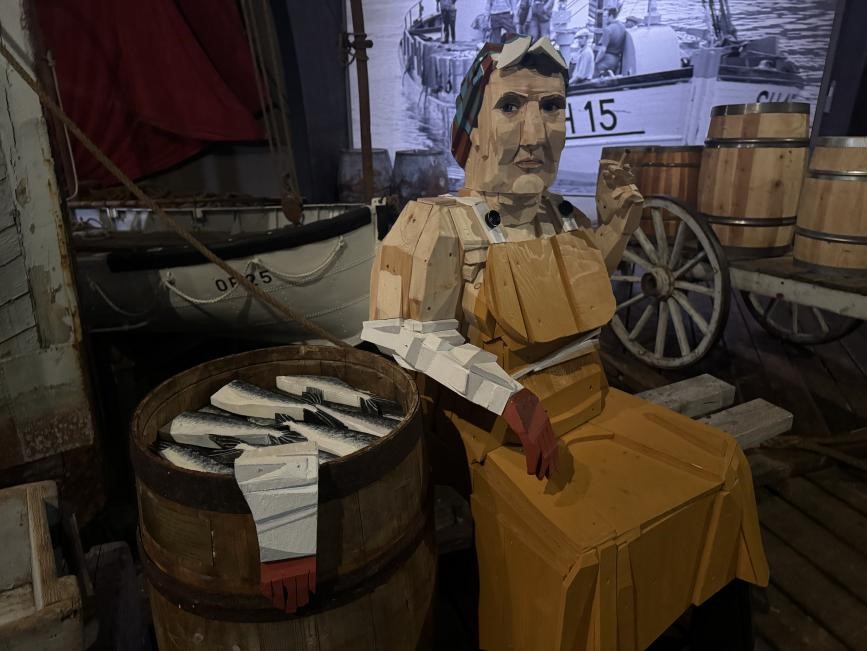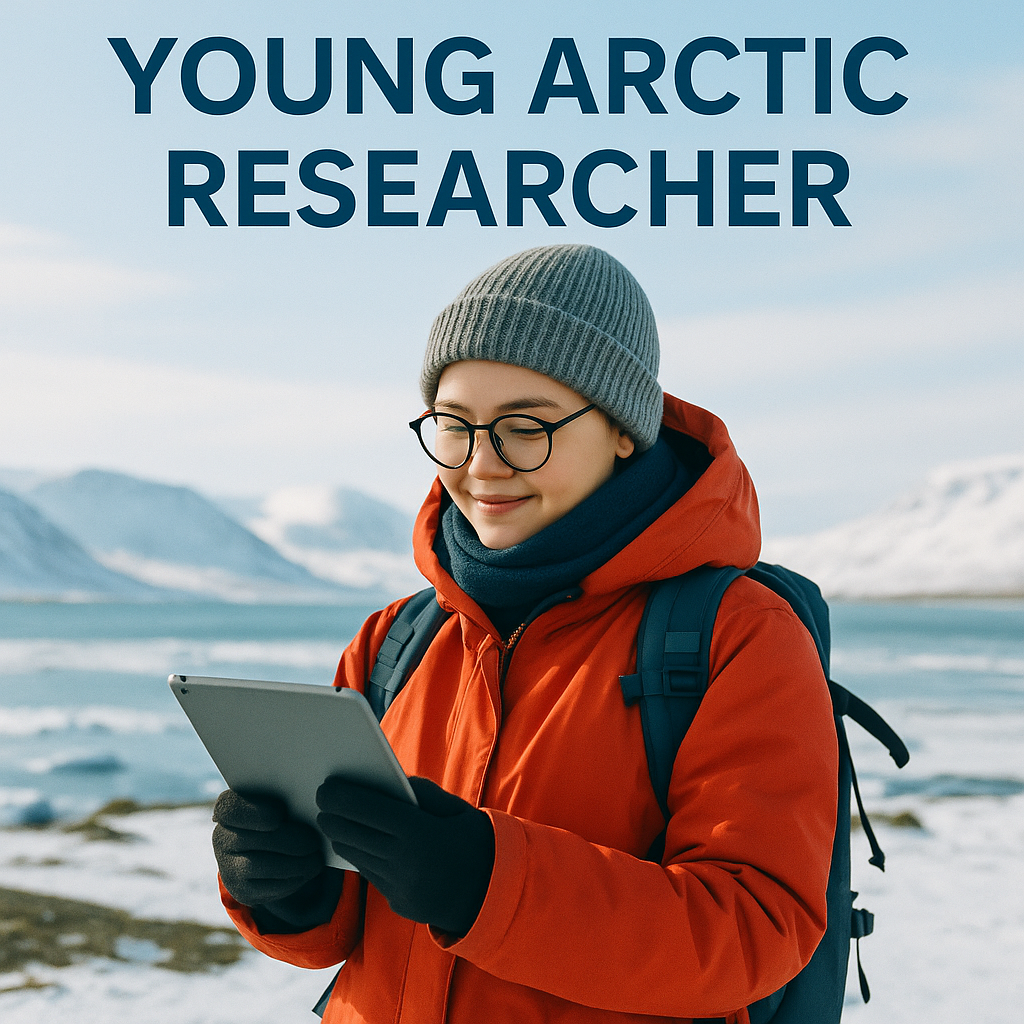 After a long pause since 2014, the Arctic Portal is delighted to reopen its Young Arctic Researchers & Features section, a dedicated space for sharing insights, ideas, and reflections from the next generation of Arctic scholars and professionals.
After a long pause since 2014, the Arctic Portal is delighted to reopen its Young Arctic Researchers & Features section, a dedicated space for sharing insights, ideas, and reflections from the next generation of Arctic scholars and professionals.
We warmly welcome submissions from young scientists, students, and early-career professionals working on Arctic or climate-related topics.
If you have an article, field reflection, or research insight to share, we would be happy to feature your work on the Arctic Portal.org and help bring your perspective to a global audience.
To submit, simply contact us at with your article and a short author bio.
We mark this restart with a thought-provoking contribution from Master’s students at Tongji University, China, titled: “Polar Wisdom: Redefining Wisdom in the Age of Climate Change.”
Inspired by their field experience in Iceland and Greenland, the authors explore how Arctic communities embody a unique kind of wisdom, one that combines technological innovation, sustainable transformation, and deep cultural resilience. Their article reminds us that adaptation in the Arctic is not only about survival, but also about learning, connection, and balance with nature.
____________________________________
Polar Wisdom: Redefining wisdom in the Age of Climate Change
by Wenjia Luo & Muze Guo, students from Tongji University, Shanghai, China
Amidst the vast, icy landscapes and biting Arctic winds, Greenland and Iceland are quietly redefining what it means to be "wise" in a time of climate change. Far from global tech hubs, these Arctic communities have cultivated a unique form of wisdom—a systemic intelligence that blends resilience, data, green transformation, and human spirit. Our recent field research reveals that true wisdom isn't found only in algorithms or labs, but is deeply rooted in the interaction between nature, culture, and community. We call this "Polar Wisdom"—a practical, systemic approach to surviving, adapting, and even thriving in extreme environments.
Resilient Wisdom: Building in Harmony with Nature
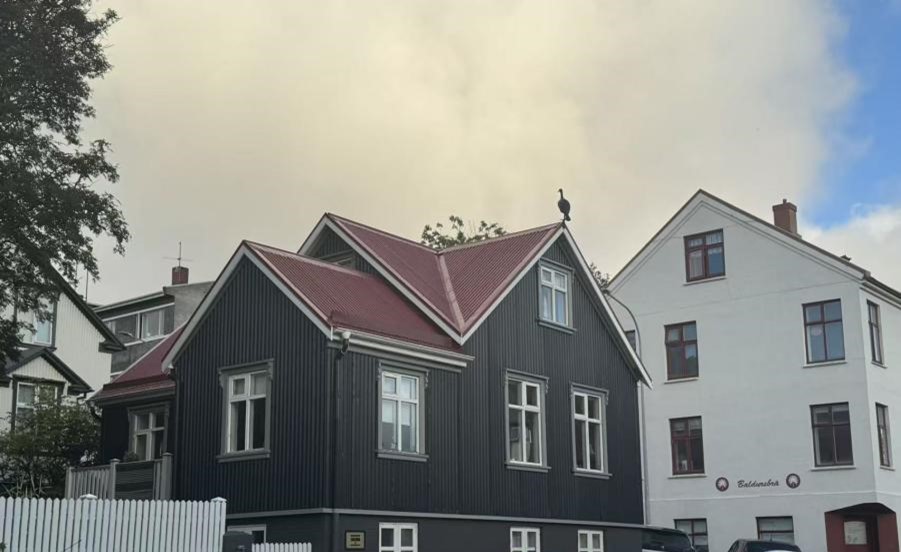
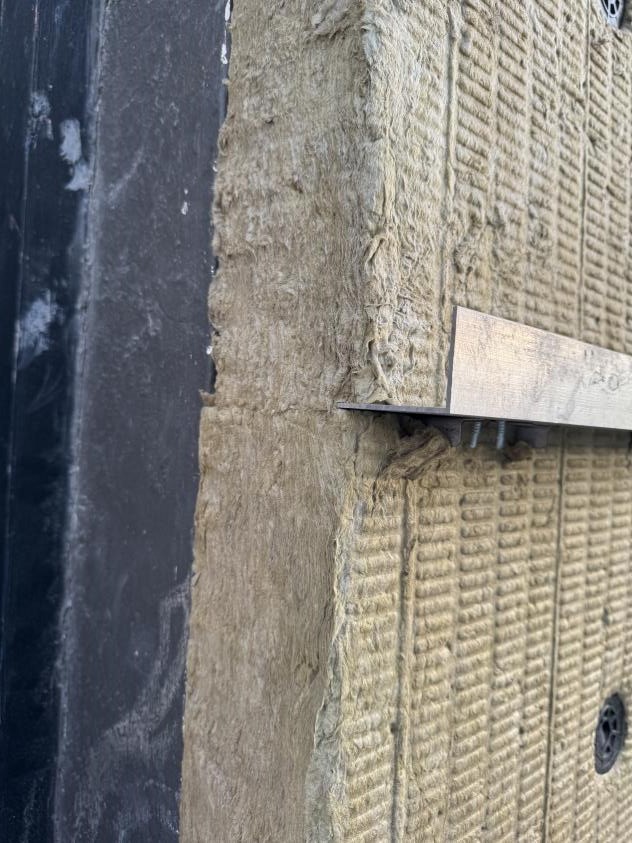 In temperatures as low as -20° to -30°C, amidst blizzards, architecture here is more than shelter—it’s a statement of survival. Buildings in Greenland and Iceland show how people use design to live with, not against, harsh climates.
In temperatures as low as -20° to -30°C, amidst blizzards, architecture here is more than shelter—it’s a statement of survival. Buildings in Greenland and Iceland show how people use design to live with, not against, harsh climates.
Greenland’s traditional Inuit homes are low and wide, cutting wind resistance and heat loss. Their brightly painted red or blue exteriors absorb more solar radiation, warming the walls and easing the heating load—they also help keep spirits up. Rounded or triangular roofs evenly distribute snow weight, prevent collapse, and improve stability during storms.
Iceland’s turf houses are another masterpiece of eco-design. Their roofs, made of up to a meter of soil and grass, act as natural insulation. Even when it’s -30°C outside, temperatures inside can stay around 10°C. Walls are built like a sandwich: stone outer layer, turf middle, and wood inside, often 50–80 cm thick. Remarkably, these structures blend into the landscape—the grassy roofs merge with the surrounding tundra, as if the house grew from the earth. In 2011, Icelandic turf houses received UNESCO World Heritage status, recognizing their cultural and ecological value.
These designs reflect a philosophy: work with nature, not against it. This resilience is the first layer of polar wisdom—stability and safety come from deep understanding and respect for the natural world.
Intelligent Wisdom: Data-Driven Climate Governance
If resilience is about passive adaptation, smart systems are about active foresight.
As AI models like ChatGPT advance, researchers are now applying similar technology to weather forecasting. Since 2023, institutions and companies in China and the U.S. have made progress with large weather models that combine traditional physics with deep learning. These improve accuracy, extend forecast range, and speed up predictions. Huawei’s "Fu Xi" model delivers global weather forecasts in seconds, predicting factors like temperature, wind, and humidity—completing a 24-hour global forecast in just 1.4 seconds. Since March 2024, NVIDIA has released the Earth-2 climate digital twin platform, along with CorrDiff and StormCast models, which accurately predict local storms while using less energy.
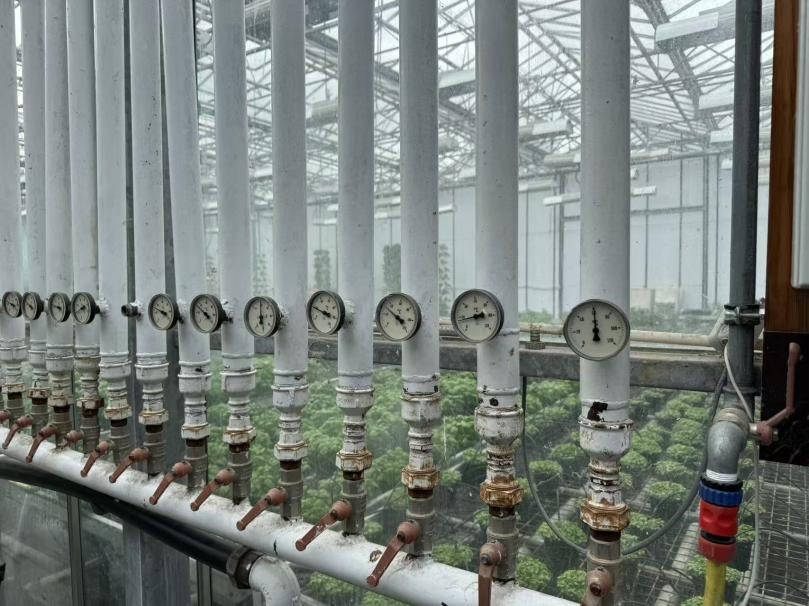 In agriculture, Iceland’s smart greenhouses stand out. Despite cold weather and poor soil, they use geothermal energy to grow tomatoes, cucumbers, strawberries, and even bananas. The town of Hveragerði is famous for its geothermal tomatoes, supplied year-round to local markets. The Friðheimar farm even runs a popular tomato soup buffet for tourists. This "polar agriculture" model could serve as a template for other cold regions—and maybe even space farming.
In agriculture, Iceland’s smart greenhouses stand out. Despite cold weather and poor soil, they use geothermal energy to grow tomatoes, cucumbers, strawberries, and even bananas. The town of Hveragerði is famous for its geothermal tomatoes, supplied year-round to local markets. The Friðheimar farm even runs a popular tomato soup buffet for tourists. This "polar agriculture" model could serve as a template for other cold regions—and maybe even space farming.
The core of smart wisdom is turning data into action—predicting storms, yes, but also optimizing energy use, guiding farming, and protecting communities. It’s about making tech serve people, not the other way around.
Green Wisdom: From Local Resources to Global Impact
Polar wisdom isn’t just about survival—it’s about responsibility. Though sparsely populated, Greenland and Iceland play an outsized role in the global green transition.
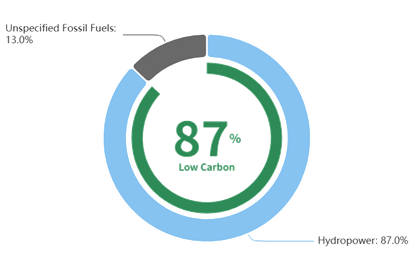 Both regions rely heavily on local materials: Greenland uses ice, snow, and stone; Iceland uses turf and volcanic rock. Turf houses have a far higher material recycling rate than concrete buildings. Using local supplies cuts transport costs and can reduce a building’s lifetime carbon emissions by more than half.
Both regions rely heavily on local materials: Greenland uses ice, snow, and stone; Iceland uses turf and volcanic rock. Turf houses have a far higher material recycling rate than concrete buildings. Using local supplies cuts transport costs and can reduce a building’s lifetime carbon emissions by more than half.
Iceland is a world leader in renewable energy—almost 85% of its power comes from geothermal sources, achieving deep decarbonization. Its smart grid works with weather forecasts to adjust energy distribution dynamically, raising the efficiency of renewables. This "green + smart" synergy offers a model for the world. Greenland, though less geothermally active, gets 87% of its electricity from hydropower.
Green wisdom turns environmental costs into development opportunities. It shows that sustainability isn’t about sacrifice—it’s about better, smarter prosperity.
Humanistic Wisdom: The Role of Culture and Community
For generations, the lives and identities of Arctic indigenous peoples have been tied to the ice, sea, and frozen land. But climate change is disrupting this balance, threatening their survival.
On one hand, warming seas are driving fish northward, and thinner ice makes it harder for fishermen to reach traditional grounds. Hunting seals—which depends on stable ice—is becoming riskier. This not only affects food and income but also undermines cultural traditions and social structures, leading to mental health issues like "ecological grief."
On the other hand, a new response is emerging across the Arctic—a framework combining participation, mitigation, and protection. The Reykjavik Declaration emphasizes the value of traditional knowledge alongside science. Greenland’s PISUNA project enables fishermen and hunters to take part in monitoring and managing resources. Greenland has halted new oil exploration, and Iceland’s Climate Act sets a carbon neutrality target for 2040, with regular progress updates. Using satellite data and community-based services, both regions now offer detailed sea ice forecasts and safe route information, helping protect traditional travel and work.
Overall, the Arctic is learning to blend institutional listening, low-carbon transition, and tech innovation to safeguard indigenous livelihoods, culture, and basic rights.
Conclusion: What Polar Wisdom Teaches the World
Greenland and Iceland offer a complete picture of wisdom: resilience as the foundation, smart tools as the means, green transition as the direction, and human spirit as the heart. This wisdom doesn’t seek to conquer nature, but to coexist with it. It doesn’t assume tech can fix everything—it centers human value.
As the global climate crisis deepens, polar wisdom acts as a guide. It reminds us that the wisest systems aren’t the most complex, but the most balanced—blending technology and tradition, efficiency and fairness, development and protection. From Iceland’s turf houses to Greenland’s AI alerts, from community-led building to shared green tech, the Arctic is writing a textbook on human adaptability.
Perhaps wisdom isn’t somewhere in the distant future. It’s in the warmth of a turf house during a snowstorm, in a sailor’s map, in every unit of energy saved, and in every piece of culture preserved. Polar wisdom belongs to the Arctic—and to all of us.

